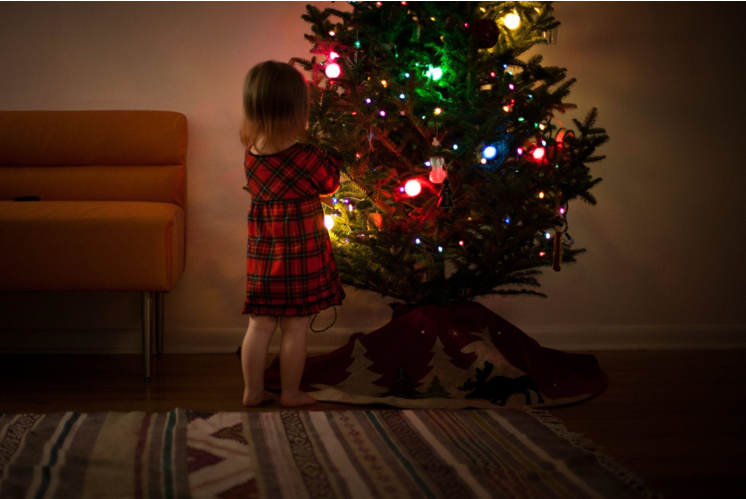
Artificial Christmas Trees for Daycare Centers and Child-Friendly Homes
Introduction
December is here, and it’s time to decorate your homes and childcare facilities with festive decorations, including the iconic Christmas tree. For many, nothing compares to the beauty and aroma of a real Christmas tree. However, artificial trees are becoming increasingly popular among families and childcare providers due to their numerous benefits. This article explores the advantages of artificial Christmas trees in daycare centers and homes with children.
Benefits of Artificial Christmas Trees
1. Cost-effectiveness
Artificial Christmas trees are initially more expensive than real trees, but they tend to be more cost-effective in the long run. While you may have to buy a new real tree every year, an artificial tree can last several years, saving you significant money. Think about it; you can reuse the same artificial tree for five or ten Christmases!
2. Safety
Natural Christmas trees pose a fire hazard, especially when they dry out and become brittle. Artificial trees are fire-resistant and won’t catch fire easily. That’s why artificial trees are a great option for daycare centers and homes with children, where safety is paramount. They also eliminate the risk of children getting injured from prickly needles or hook-like branches when playing around the tree.
3. Eco-friendliness
Artificial Christmas trees are environmentally friendly since they are made from recycled materials and can be recycled after use. On the other hand, a real Christmas tree ends up in a landfill after use. Did you know that for every real Christmas tree harvested, two to three seedlings are planted in its place? It may seem like an excellent conservation measurement, but it takes years before the seedlings grow into mature trees that absorb the same amount of carbon dioxide as their predecessors.
4. Easy to maintain
Artificial Christmas trees require much less maintenance than real trees. They don’t lose needles or need watering; you don’t have to sweep up the mess. They also come pre-lit, which saves you the time and effort of stringing lights on the tree. These are all great features for busy daycare centers or homes with young children who need constant supervision.
In conclusion, the debate between natural and artificial Christmas trees may never be resolved. However, artificial trees make more sense regarding childcare facilities and homes with children. They are safer, cost-effective, eco-friendly, and easy to maintain. You can enjoy a beautiful and safe holiday season with your children by choosing an artificial Christmas tree without worrying about the mess, fire hazards, or environmental impact. Happy Holidays!

